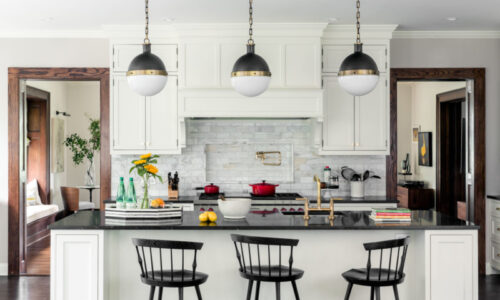If you’ve ever tried to frame an artwork before, you know that it can be a tough job. You don’t want the frame to make the work fall flat or distract from it. You want the frame to do the piece justice, but with so many choices in style, colour and texture it can feel overwhelming.

An art framer might point you in the right direction, but at the end of the day you’re the one who has to make the decision. The good news is, there are some tips and tricks that can make the process easier. Here’s a few to help you get started!
To Frame or Not to Frame
The first thing to consider is actually whether you should frame the piece at all. Some artworks stand out best when they are unframed.
For example, if you have a rolled canvas artwork, you could simply get it stretched and display it as is, unframed. However, with more perishable works on paper, it is important to frame these to protect the artwork from damage.
Deciding on Colour
When choosing the colour of your frame, make sure it helps your artwork stand out. If you choose the wrong colour, your frame could end up competing with the work for attention.
The frame should match the overall tone of artwork but avoid getting a frame that is too matchy-matchy. Frames that are too similar in colour to the artwork can blend in and detract from the artwork. Pick a colour that is in the artwork for a subtle effect or choose a contrasting colour for a bold statement.
If colour is a bit overwhelming, go with a neutral wood colour, black or white. These tend to work well with most artworks and are always your safest option.
The Style of the Artwork
Pay attention to the style, medium and era of the artwork. Each of these factors will influence what is the ideal type of frame.
Complex artworks usually benefit from simple frames that allow the details in the work to stand out. Minimalist line drawings are often displayed best with a thin, simple frame. Most back and white photographs work well with a simple black frame.
If your artwork is from an older period, do some research into how works of that time were framed. A more ornate frame will work well for some period pieces.
Where the Artwork Will Be Displayed
The right frame will not only complement the artwork, but also the environment where it will be displayed. For example, if you are going to hang the framed art in your living room, think about the existing style and decor.
For modern spaces, monochrome frames often work best, whereas natural spaces might benefit from a natural wood frame. Avoid picking a colour that is similar to your wall colour. A bit of contrast will help the artwork stand out.
Size Matters
How big is the artwork you want to frame? How much space do you want between the artwork and the frame?
Some artwork, such as vintage posters, look best with no space between them and the frame. For these, choose a frame that is the exact size. However, in most cases you’ll want at least some ‘white space’ to help the artwork breathe.
When in doubt, go classic. A thinner frame, standard matting and centred artwork. If you’re feeling a bit adventurous, don’t be afraid to do something different. Oversized frames are quite popular these days and can make small artwork have a big impact.
A Word About Matting
In the majority of cases, an artwork will be framed with a mat board. Although there are several matting styles, traditionally a mat board sits below the glass and on top of the artwork.
Visually this provides ‘white space’ between the artwork and the frame, giving the artwork room to stand out. The mat board also provides a barrier between the glass and the artwork to protect the artwork from moisture and other environmental factors.
For a sophisticated look, choose neutral-coloured mat boards such as cream or off white. If you want a pop of colour, consider double matting. This involves placing the coloured mat board under the neutral one so that a thin border of colour appears.
Protect Your Artwork with the Right Frame
Framing is not just about style. In fact, one of the most important roles of a frame is to protect your artwork from damage or degradation. UV rays, humidity, dust and acidic materials can all damage your artwork over time. That’s why it’s always best to get your works framed with a custom frame.
Cheap, premade frames tend to be made from materials that can actually damage your artwork rather than protecting it. Custom art framers typically use special acid-free and UV resistant glass which will keep your artwork in good condition. Good quality glass will also be non-reflective, which will ensure you can view your artwork wherever it’s hanging.
Happy Framing!
Hopefully you have a few more tools in your belt for choosing the right frame. If in doubt, speak with an art framer who can show you framing samples and talk you through your options. Once you have your framed art looking stunning, it will all have been worth the effort!

